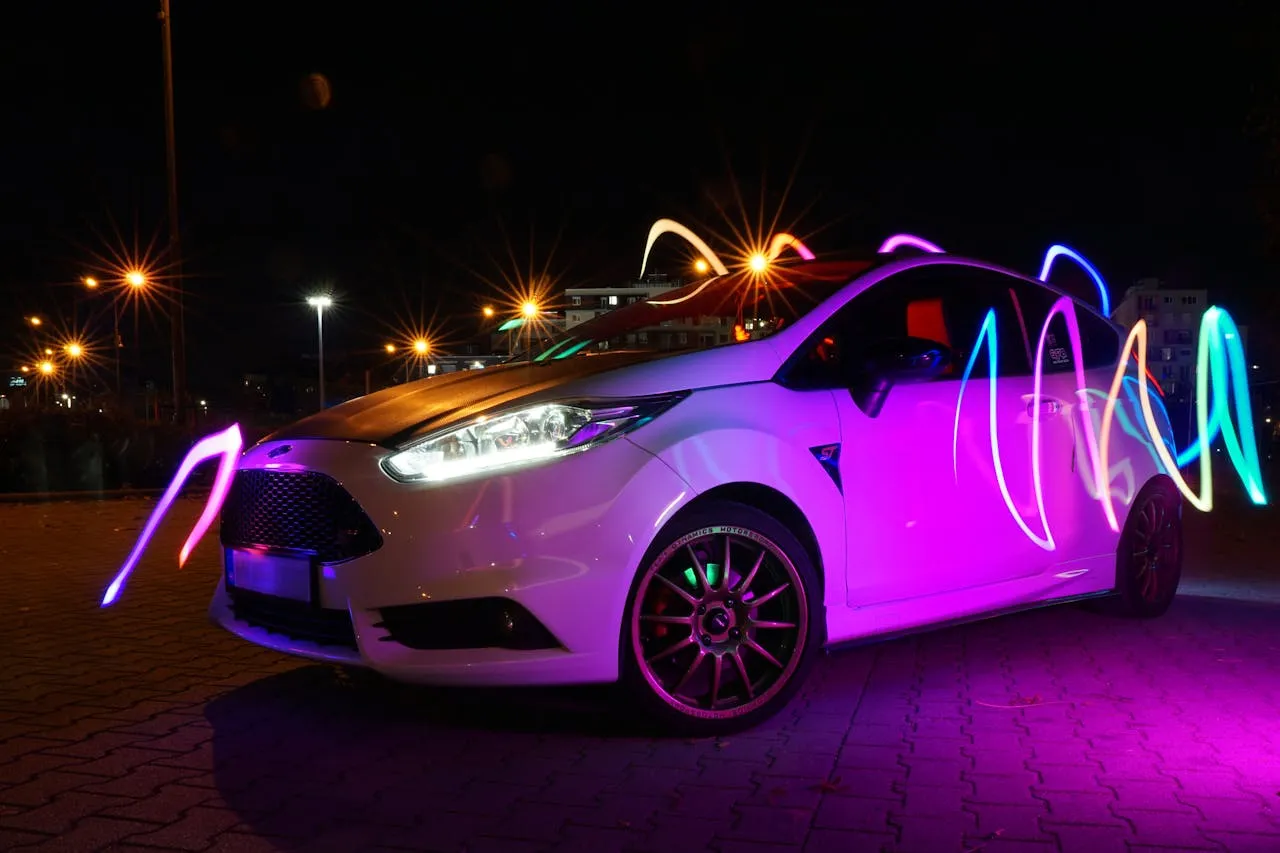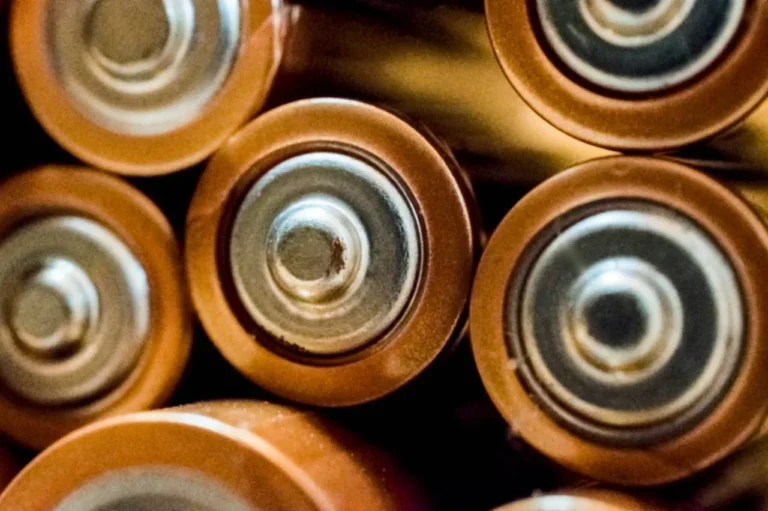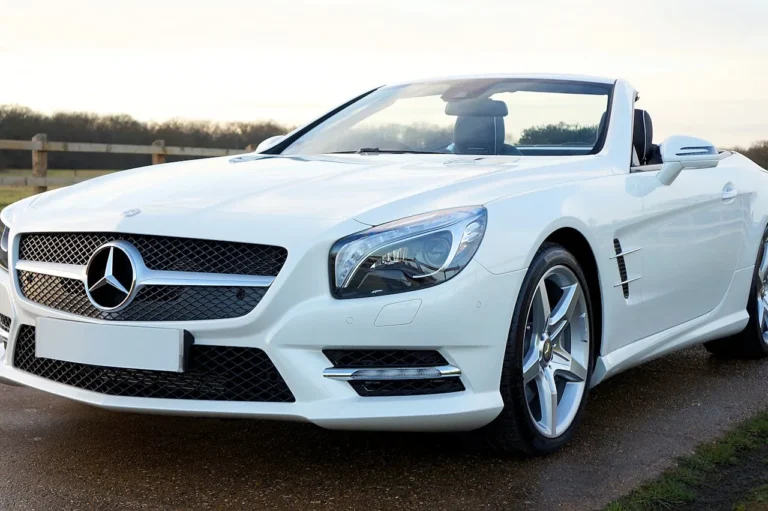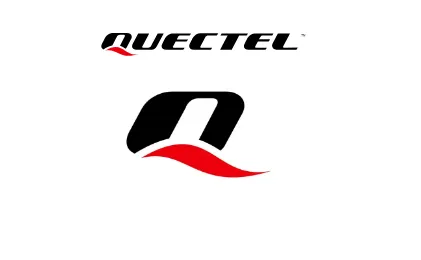
Diodes Incorporated Launches New AL58818Q and AL58812Q LED Drivers for Advanced Automotive Lighting Applications
Diodes Incorporated has unveiled the AL58818Q and AL58812Q, two new additions to its portfolio of automotive-compliant linear LED drivers. These drivers are designed to deliver precise brightness and color control, making them ideal solutions for dynamic automotive lighting, including rear lamp modules, grille and emblem lighting, and interior ambient illumination. Beyond traditional automotive lighting, the devices are also well-suited for infotainment displays, automotive status indicators, touch panels, and LCD applications, offering versatility for a range of in-vehicle electronics.
The AL58818Q and AL58812Q series simplifies the design of complex and animated LED lighting modules, allowing manufacturers to implement vivid lighting effects with zero audible noise. Each channel integrates a 12-bit pulse width modulation (PWM) generator operating at 30kHz, providing fine-grained control over both brightness and color mixing. Designers can configure the devices to communicate via either I2C or SPI digital interfaces, selectable through a hardware pin, which enhances programming flexibility and simplifies integration into existing automotive systems.
The AL58818Q offers 18 output channels, accommodating up to six RGB LED lighting modules or 18 single-color LEDs, whereas the AL58812Q provides 12 channels, suitable for up to four RGB LED modules. Each channel can deliver up to 70mA of current, which is set using an external resistor. Additionally, a global 6-bit output current can be programmed for all channels via internal registers, allowing system designers to optimize performance for different lighting applications. The internal 12-bit, 30kHz PWM generator ensures smooth and flicker-free dimming across the full brightness range, independent of register settings, providing consistent visual performance regardless of the interface used.
One of the standout features of these devices is their independent color-mixing and brightness registers for each RGB LED module. This capability enables over 16 million (256 x 256 x 256) distinct color combinations, making them suitable for high-end automotive lighting applications that demand rich and customizable lighting effects. Both logarithmic and linear brightness scales are supported to ensure visual uniformity aligned with human eye perception. The default 12-bit PWM resolution is achieved using a combination of 9 bits of pure PWM and 3 bits of dithering, resulting in a fine resolution of 0.0244%. Furthermore, the devices support deep dimming by converting PWM signals to analog dimming for duty cycles below 3%, maintaining linearity even at very low brightness levels.
The AL58818Q and AL58812Q maintain high accuracy in current matching, with a 3% tolerance across both device-to-device and channel-to-channel measurements. This ensures uniform color mixing and consistent illumination across multiple LED modules, a critical requirement for automotive lighting that emphasizes aesthetics and safety. The internal 16MHz oscillator eliminates the need for an external PWM clock, reducing the overall bill of materials (BOM) and simplifying system design. To further enhance system efficiency, PWM phase-shifting is implemented, staggering the activation of individual LED channels. This technique reduces the peak load current drawn from the power supply, minimizes input-current ripple, and mitigates audible ringing from ceramic capacitors.
For dynamic lighting effects such as blinking, breathing, or animated sequences, the AL58818Q and AL58812Q offer LED bank control, enabling channels to operate either independently or in synchronized banks. This capability reduces software complexity while allowing global LED effects to be implemented efficiently.
Safety and reliability are prioritized with multiple fault-detection features. Both devices include an open-drain FAULT pin and registers that report conditions such as LED open or short circuits, undervoltage lockout (UVLO), pre-UVLO warnings, overtemperature protection (OTP), and pre-OTP warnings. Designers can selectively enable or disable fault reporting for individual channels using dedicated fault mask registers, providing a high degree of control over system monitoring.
Power efficiency is another key advantage of the AL58818Q and AL58812Q. The devices feature an ultra-low quiescent shutdown current of just 1µA. When all LED outputs remain inactive for more than 30ms, the drivers automatically enter a power-saving mode, consuming a maximum of 15µA, which is critical for modern automotive systems where energy efficiency and battery preservation are essential.
The AL58818Q and AL58812Q are offered in the W-QFN5050-40/SWP (Type A1) package, which includes wettable flanks to support automated optical inspection and ensure reliable solderability. These devices complement Diodes’ previously released 36-channel AL5887Q, which shares the same feature set but accommodates larger LED configurations.
To facilitate evaluation and rapid development, Diodes provides an RGB 3-in-1 evaluation board equipped with an onboard microcontroller. This allows designers to quickly prototype applications, test color mixing and dimming features, and optimize LED animation effects.
Pricing for the AL58818Q and AL58812Q is set at $0.85 and $0.80 per unit, respectively, for 5,000-piece quantities. Standard compliance versions—AL58818 and AL58812—are also available, offering suitability for industrial and commercial applications beyond the automotive sector.
In summary, the AL58818Q and AL58812Q linear LED drivers from Diodes Incorporated represent a significant step forward in automotive lighting technology. By combining high-resolution PWM dimming, extensive color-mixing capabilities, robust fault detection, and ultra-low power consumption, these devices enable manufacturers to design visually compelling, reliable, and energy-efficient lighting solutions for modern vehicles. Their flexible interface options, comprehensive control features, and compact packaging make them ideal for a broad range of applications, from exterior lighting modules to interior ambient illumination and display panels. With these devices, automotive designers can push the boundaries of dynamic lighting, creating immersive and customizable experiences for vehicle occupants while ensuring safety and system efficiency.








